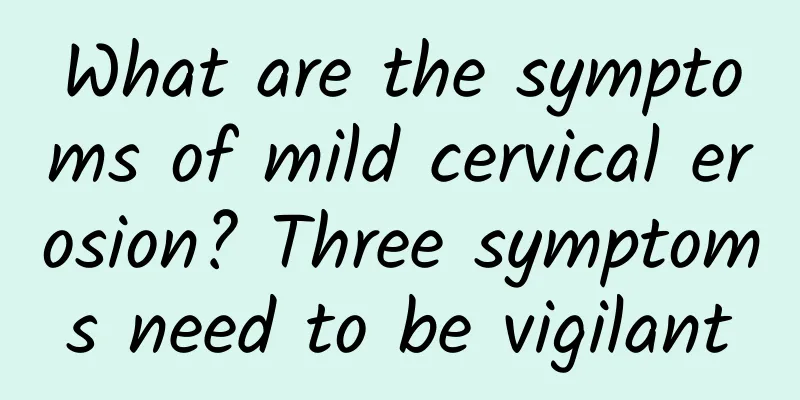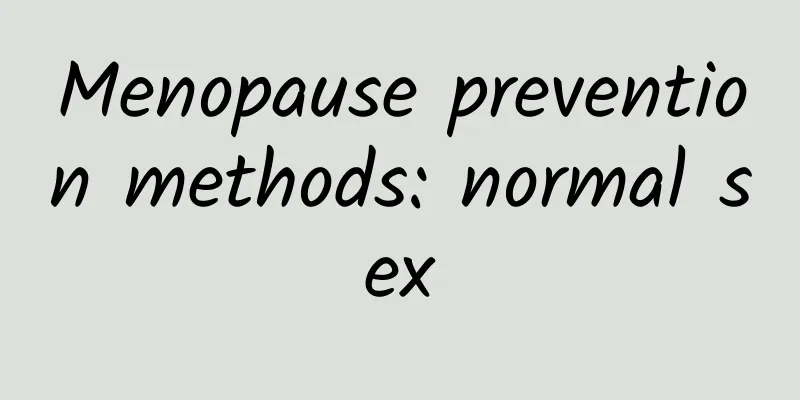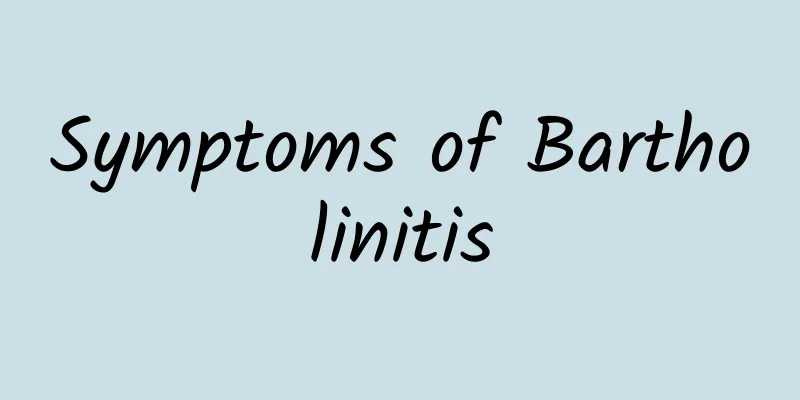Do I need to have my uterus removed if I have cervical precancerous lesions?

|
Cervical precancerous lesions generally refer to cervical intraepithelial neoplasia. Whether or not a hysterectomy is needed depends on the severity of the disease. If the patient has low-grade cervical intraepithelial neoplasia or high-grade cervical intraepithelial neoplasia without invasion, follow-up observation can be performed and hysterectomy is usually not required; however, if the patient has high-grade cervical intraepithelial neoplasia with invasion, a hysterectomy may be required. 1. Low-grade cervical intraepithelial neoplasia: If the patient is found to have only low-grade cervical intraepithelial neoplasia during examination, and there is no continuous progression or deterioration, and there are no other malignant tumor diseases after TCT and HPV combined screening, then interferon drugs can be used for treatment under the guidance of a doctor, such as polyethylene glycol interferon α2b injection, human interferon α2b gel, etc. At this time, there is no need for surgical treatment, so it will not affect the normal reproductive function, so the uterus will not be removed. 2. High-grade non-invasive cervical intraepithelial neoplasia: For some women who want to have children, if it is due to infection with human papillomavirus causing high-grade non-invasive cervical intraepithelial neoplasia, but do not want to undergo a total hysterectomy, they can also choose conservative treatment methods to improve, such as taking antiviral drugs as prescribed by the doctor. Commonly used drugs include acyclovir tablets, ganciclovir dispersible tablets, etc., and can also be combined with local physical therapy methods, such as laser therapy, microwave therapy, etc. These methods can effectively control the disease. 3. High-grade cervical intraepithelial neoplasia with infiltration: If the patient's condition is serious and has developed into high-grade cervical intraepithelial neoplasia with obvious infiltration, timely treatment such as total hysterectomy and bilateral salpingo-oophorectomy is required to avoid delaying the disease and causing serious consequences. 4. Other situations: If the patient also suffers from other gynecological diseases, such as vaginitis, pelvic inflammatory disease, etc., and cervical intraepithelial neoplasia is caused by the above types, it is also necessary to go to the hospital in time for treatment and actively cooperate with the doctor for targeted treatment. For example, vaginitis can be treated with metronidazole suppositories and other drugs as prescribed by the doctor. It is recommended that such patients pay attention to personal hygiene and wash their underwear frequently to avoid bacterial growth and inflammation. In addition, they should also have regular checkups to understand their physical recovery. |
>>: Contraceptive pills and abortion: Which is more harmful to the body?
Recommend
Two prescriptions for endometriosis
Two prescriptions for endometriosis Endometriosis...
I never thought that kneeling can also help you lose weight. Wu Mingzhu teaches you how to nourish your spleen
I didn’t expect that kneeling could help me lose ...
Chronic cervicitis is more troublesome
Chronic cervicitis is a rather troublesome gyneco...
What are the reasons for irregular menstruation in women? How can we keep menstruation normal?
Women have a few "inconvenient" days ev...
Is it normal to have no vaginal discharge? It is not normal
It is abnormal for women to have no leucorrhea. T...
Irregular menstrual cycles are typical symptoms of menstrual disorders
In life, many women do not pay attention to the s...
When should adults get the flu shot?
The best time for adults to get the flu shot is u...
What medicine is effective in treating Bartholinitis?
What are the treatment drugs for Bartholinitis? T...
Vaginitis types can be classified by the characteristics and color of leucorrhea
The types of vaginal discharge can be divided acc...
Don’t let your guard down in preventing Bartholinitis
Only by understanding Bartholinitis can you reduc...
How to check uterine amenorrhea
Uterine amenorrhea is mainly diagnosed through gy...
What should women eat when they have uterine fibroids?
What should women eat if they have uterine fibroi...
What is the difference between pelvic inflammatory disease and cervicitis?
What is the difference between pelvic inflammator...
What causes bleeding and pain during ovulation?
Bleeding and pain during ovulation are usually ca...
What is cervical precancerous lesions
What are cervical precancerous lesions? Cervical ...









